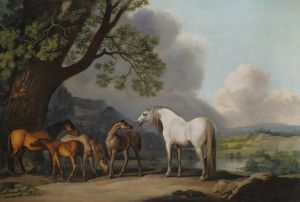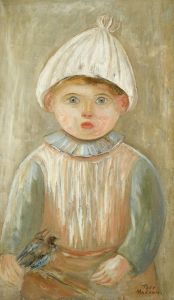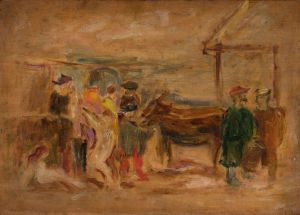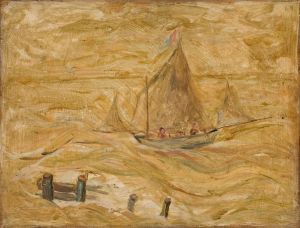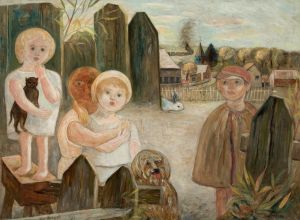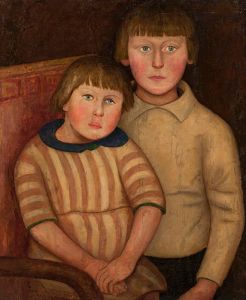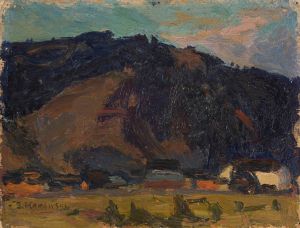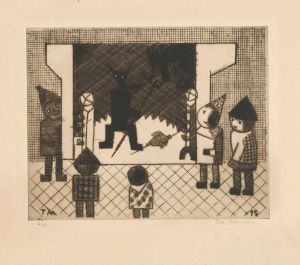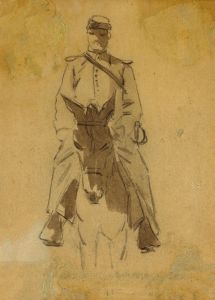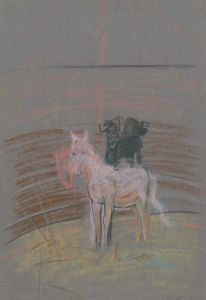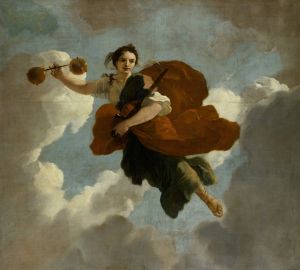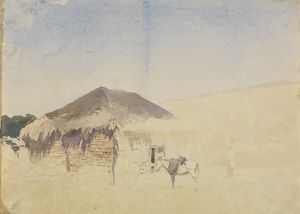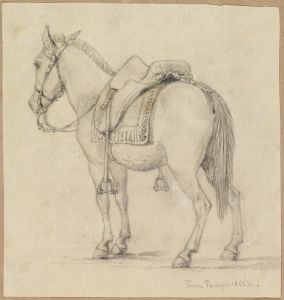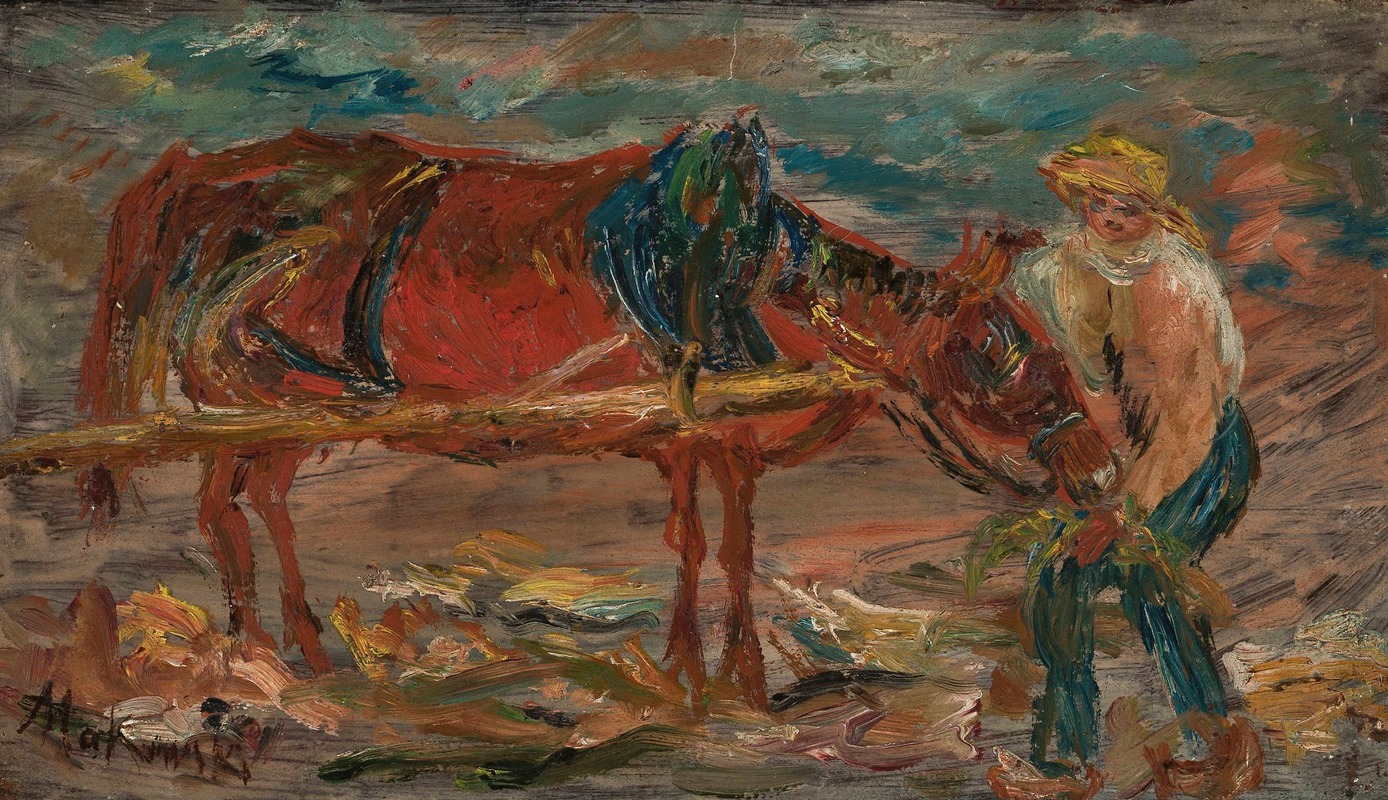
Feeding a horse
A hand-painted replica of Tadeusz Makowski’s masterpiece Feeding a horse, meticulously crafted by professional artists to capture the true essence of the original. Each piece is created with museum-quality canvas and rare mineral pigments, carefully painted by experienced artists with delicate brushstrokes and rich, layered colors to perfectly recreate the texture of the original artwork. Unlike machine-printed reproductions, this hand-painted version brings the painting to life, infused with the artist’s emotions and skill in every stroke. Whether for personal collection or home decoration, it instantly elevates the artistic atmosphere of any space.
Tadeusz Makowski was a Polish painter known for his distinctive style that combined elements of folk art, symbolism, and modernism. Born on January 29, 1882, in Oświęcim, Poland, Makowski initially studied classical philology at the Jagiellonian University in Kraków before pursuing his passion for art at the Academy of Fine Arts in Kraków. He later moved to Paris in 1908, where he became part of the vibrant artistic community and was influenced by various avant-garde movements.
"Feeding a Horse" is one of Makowski's notable works, although specific details about the painting, such as its creation date or current location, are not widely documented. Makowski's oeuvre often features themes of childhood, rural life, and simple, everyday scenes, rendered in a style that blends realism with a whimsical, almost naïve quality. His work is characterized by a muted color palette, simplified forms, and a focus on the emotional and symbolic content of the subject matter.
In "Feeding a Horse," Makowski likely employs his characteristic style to depict a scene of interaction between humans and animals, a common motif in his work. The painting may reflect his interest in capturing the innocence and simplicity of rural life, a theme that resonates throughout much of his art. Makowski's approach often involves a sense of nostalgia and a return to the simplicity of childhood, which can be seen in his choice of subjects and his stylistic execution.
Makowski's time in Paris exposed him to various artistic influences, including Cubism and Post-Impressionism, which may have informed his approach to composition and form in "Feeding a Horse." However, he maintained a unique style that set him apart from his contemporaries, focusing on the emotional resonance of his subjects rather than strict adherence to any particular artistic movement.
Throughout his career, Makowski exhibited his work in various galleries and exhibitions, gaining recognition for his distinctive artistic voice. Despite the challenges of working during a tumultuous period in European history, including World War I and the interwar years, Makowski continued to produce art that reflected his personal vision and experiences.
Tadeusz Makowski passed away on November 1, 1932, in Paris, leaving behind a legacy of work that continues to be appreciated for its emotional depth and unique perspective. His paintings, including "Feeding a Horse," remain a testament to his ability to capture the essence of human and animal interactions with simplicity and grace.
While specific details about "Feeding a Horse" are limited, the painting is representative of Makowski's broader body of work, which is celebrated for its charm, emotional depth, and distinctive style. His contributions to the art world are recognized as an important part of Polish cultural heritage, and his works continue to be studied and admired for their unique blend of folk art influences and modernist sensibilities.





